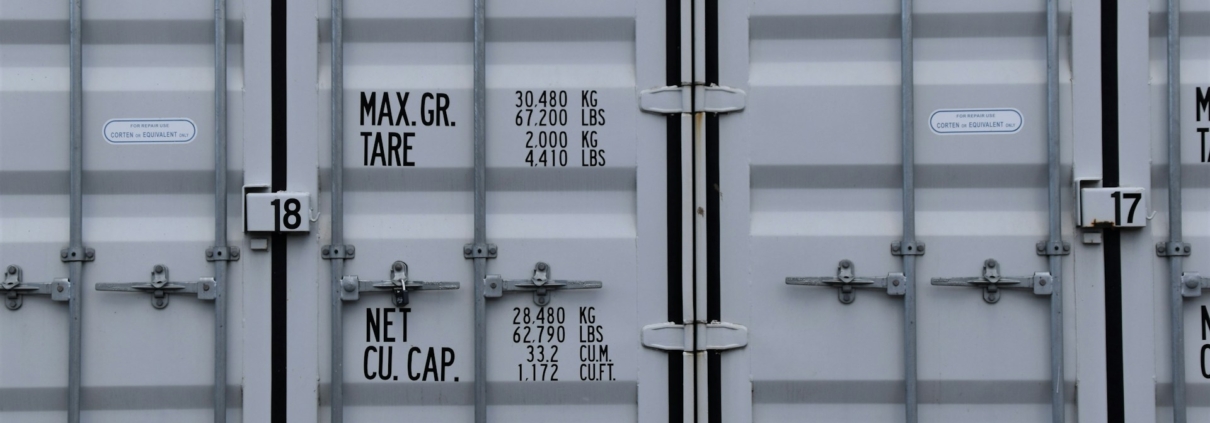Tips For Managing Fragile Items During Container Unpacking
When unpacking containers, handling fragile items with care is key to preventing damage and ensuring safe delivery. This task requires careful attention to detail and some practical strategies to protect delicate goods during the unpacking process. Whether you’re a business owner or handling a personal shipment, knowing how to manage fragile items can save time, protect investments, and prevent unnecessary stress.
In regions such as Brisbane, Gold Coast, and Sunshine Coast, the need for effective unpacking strategies is vital due to the high volume of containers processed. These areas experience various seasonal changes that can influence how items are handled. With the right approach, unpacking doesn’t have to be a stressful experience, and you can confidently manage your fragile items.
Prepare for Unpacking
Before you begin unpacking, it’s important to set up a safe, clean, and organised space. This helps avoid mishaps and ensures a smoother process. Consider these preparation tips:
– Designate an unpacking area: Choose a flat, stable surface where you can lay out items without the risk of them falling. This area should have enough room for you to manoeuvre around safely.
– Clear pathways: Ensure that the routes from the container to the storage area are free of obstacles to prevent trips or falls.
– Gather necessary tools and materials: Have scissors, cutters, tape, bubble wrap, and other packing materials ready. These tools will assist you in unpacking and repacking items if necessary.
– Use proper equipment: If moving heavy containers or items, invest in trolley or lifting equipment to reduce the risk of injury.
Preparing well can make the whole unpacking process much more manageable, allowing you to focus on handling your fragile items with the care they deserve.
Handle with Care
Handling fragile items with finesse is crucial to ensuring their safety during unpacking. It requires patience and a steady hand. When lifting and moving fragile pieces, keep in mind a few effective techniques to minimise risks. Start by lifting with your knees rather than your back to avoid injuries and maintain a strong grip to prevent accidental slips. If an item is particularly large or heavy, don’t hesitate to ask for a helping hand or use lifting equipment.
Padding is your best friend when dealing with fragile items. Consider wrapping items in bubble wrap or using foam peanuts to absorb shocks and prevent collisions inside the container. Protective gear like gloves can give you a better grip on slippery surfaces, and corner protectors can add extra security to sharp edges of glass or electronics.
Practical methods help turn unpacking into a safer, more efficient experience. By applying the right mix of careful handling and cushioning, you offer each fragile item the best chance of emerging unscathed.
Best Practices for Fragile Item Unpacking
Establishing a systematic approach when unpacking fragile items can prevent accidents and damage. Use a step-by-step method to maintain consistency and focus:
1. Assess Each Item: Before you start, take a moment to evaluate each item’s unique characteristics and fragility. This will inform your unpacking strategy.
2. Use the Right Tools: Scissors and cutters should be sharp yet controlled. Avoid haste or jerky movements to prevent damaging what’s inside.
3. Follow an Order: Unpack items one at a time, moving from the largest and sturdiest to the smallest and most delicate. This order reduces the risk of stacking-related accidents.
4. Conduct Regular Check-ins: After unpacking, regularly inspect each item for damage so that any issues can be quickly addressed.
Different types of fragile goods, such as glassware and electronics, need specific attention. Glassware prefers a slow, steady approach with ample padding, while electronics benefit from insulation against static and moisture. Having a tailored plan for each type ensures that nothing is left to chance.
Post-Unpacking Tips
Once all items are safely outside the container, it’s time for inspection and proper placement. Carefully check each piece for chips, scratches, or any imperfections that might have occurred during transit. If you notice something amiss, timely action can prevent further damage.
Proper storage is essential to safeguarding items past the unpacking stage. Position items in a way that limits pressure points and distributes weight evenly. For example, storing glassware upright with space between pieces helps prevent chipping or breaking. In cases where items need to be stacked, using shelving or padding can add layers of protection.
By taking these immediate actions after unpacking, you extend the life of your fragile items and minimise the potential for future headaches. Preparing for storage with the same level of care you’ve used while unpacking rounds out a thorough and effective unpacking strategy.
For a smooth and stress-free experience with your fragile items, consider the services offered by DNV Transport. To explore more about effective methods for managing container unpacking, let our team ensure your items are handled with the care they deserve.




